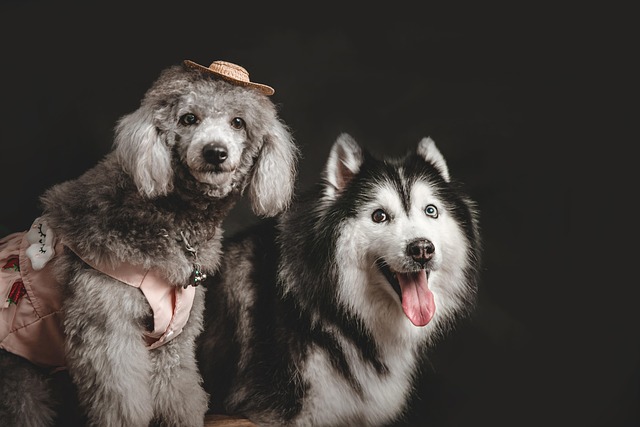
What is the best type of training for a dog?
There’s no one-size-fits-all answer to what makes the best dog training, but most experts agree that methods built on positive reinforcement tend to yield the most lasting results.
So, you’ve got a new fur baby and you’re wondering, “What’s the fastest way to potty train a puppy?” Let’s cut to the chase—consistency is king, but there are tricks to speed things up while staying on the right side of regional rules and cultural norms in Europe and North America.
First off, forget the old “rub their nose in it” myth—that’s a big no-no in most Western countries. In fact, the UK’s Animal Welfare Act explicitly frowns on aversive training, so stick to positive reinforcement. The key is to establish a routine: take your pup outside immediately after eating, waking up, playing, or drinking. Set a timer for every 1-2 hours initially—yes, even during the night—because puppies can’t hold it for long. Pro tip: choose a specific spot in your yard and use a cue like “go potty” to help them associate the action with the command.
Now, here’s where regional differences matter. If you’re in an apartment in cities like Paris or New York, you might not have a yard. Check local laws—some cities require you to clean up after your dog in public areas, and fines can be steep. Invest in puppy pads for emergencies, but aim to transition to outdoor training as soon as possible. In Germany, for example, dogs are expected to be house-trained to avoid disturbing neighbors, so consistency indoors is crucial too.
Timing is everything. Puppies usually need to go within 15 minutes of a meal, so leash up and head out right after feeding. Use a treat as soon as they go potty outside—make it a big deal, like tiny pieces of chicken or cheese. In Scandinavia, where cold winters are harsh, invest in booties or a doggy coat to keep training comfortable. And speaking of comfort, never scold them for accidents inside—they’ll just learn to hide, which slows progress. Instead, clean it up with an enzymatic cleaner to remove the scent (important for places like Australia, where landlords often have strict pet policies).

But wait, what if you’re dealing with a stubborn pup? Some breeds, like Bulldogs, might take longer, while Retrievers often catch on quickly. If you’re in California, where heat can be an issue, schedule potty breaks in the morning or evening to avoid scorching sidewalks. And here’s a cultural tip: in many European cities, cafes allow dogs, but you’ll need to ensure your pup is house-trained before bringing them along. Practice leaving them alone for short periods to prevent separation anxiety, which can lead to indoor accidents.
Let’s talk about nighttime training. Crate training is a popular method, but make sure the crate is the right size—just big enough for them to stand and turn around, not so big they can pee in a corner. In Canada, animal welfare guidelines recommend crates as a safe space, not a punishment, so never use it to isolate them. Set up the crate near your bed initially, so you can hear when they stir—puppies usually whine when they need to go out.
Lastly, be patient. Even the fastest-trained pups have accidents, especially during teething or when stressed. If you’re in a hurry, consider enlisting a professional trainer, but for most, consistency at home works wonders. Oh, and don’t forget about vaccinations—wait until your vet gives the all-clear before taking them to public areas to avoid health risks. After all, the goal is a happy, healthy pup who knows where to do their business—legally and politely—wherever you are in the world.

There’s no one-size-fits-all answer to what makes the best dog training, but most experts agree that methods built on positive reinforcement tend to yield the most lasting results.
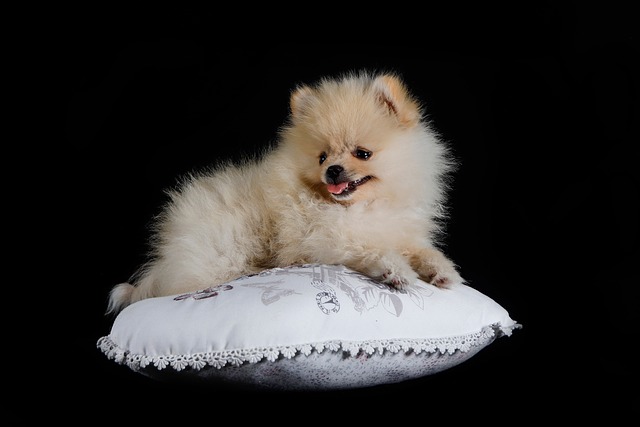
Welcoming an 8-week-old puppy into your home is a joy filled with wiggly tails and endless curiosity. One of the first steps in building a strong bond is teaching them their name.
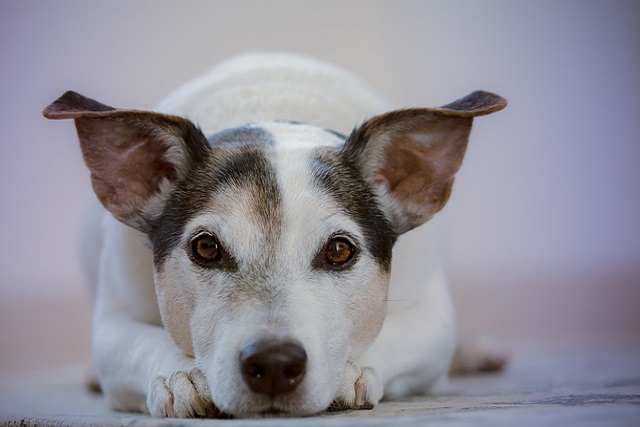
If you’ve ever sat up at night, listening to your gray-muzzled dog pace back and forth, stopping to whine or stare at a wall, you know the worry that comes with a restless senior pup.
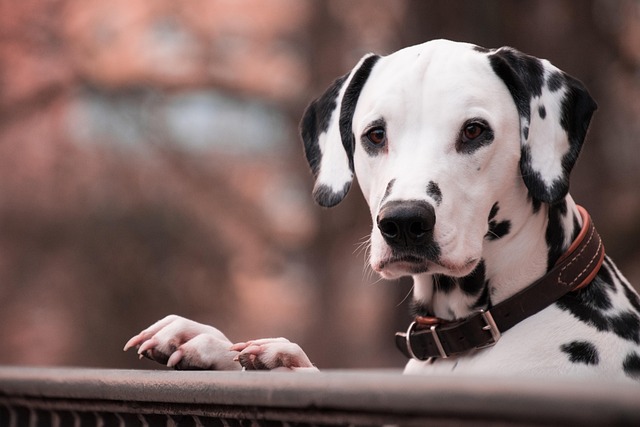
Training a service dog starts long before they’re ready to assist with specific tasks—their journey begins with building a foundation of trust, focus, and adaptability, and the timing of this training matters more than you might think.
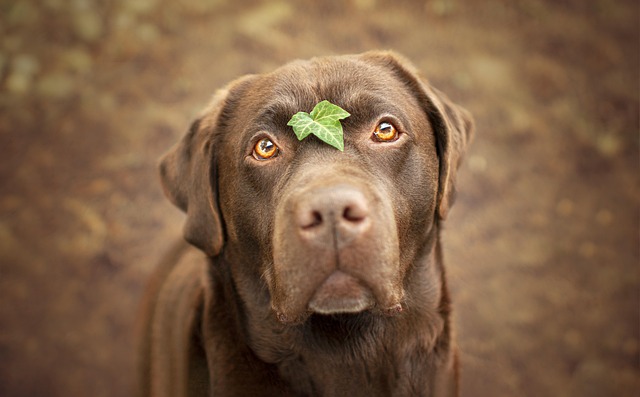
Watching a tiny puppy fumble through their first attempts to sit can feel like watching a little acrobat mastering a new trick.
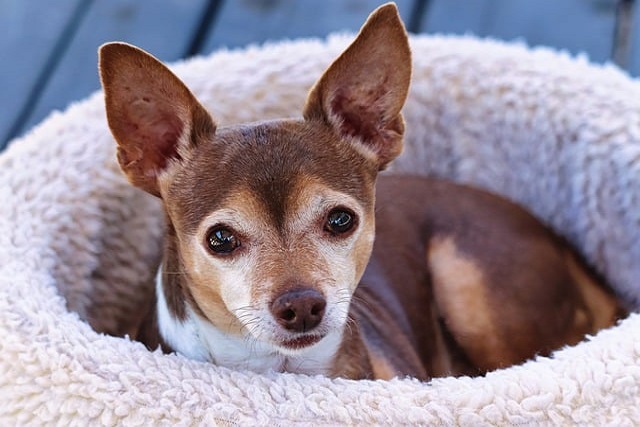
If you’ve ever found your flower bed dug up or your favorite shrub chewed to bits, you’ve probably searched for easy ways to keep neighborhood dogs (or even your own) out of your yard.